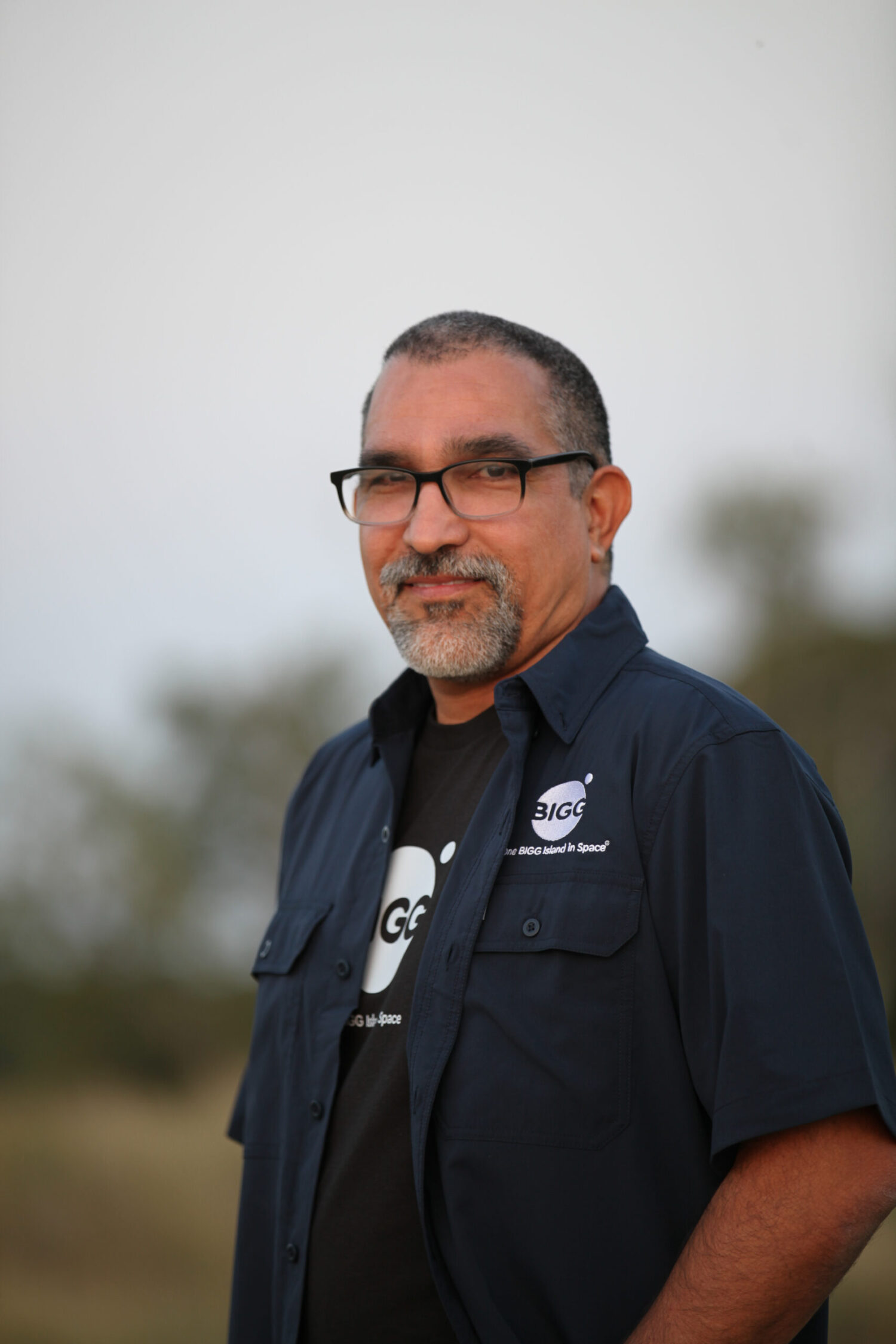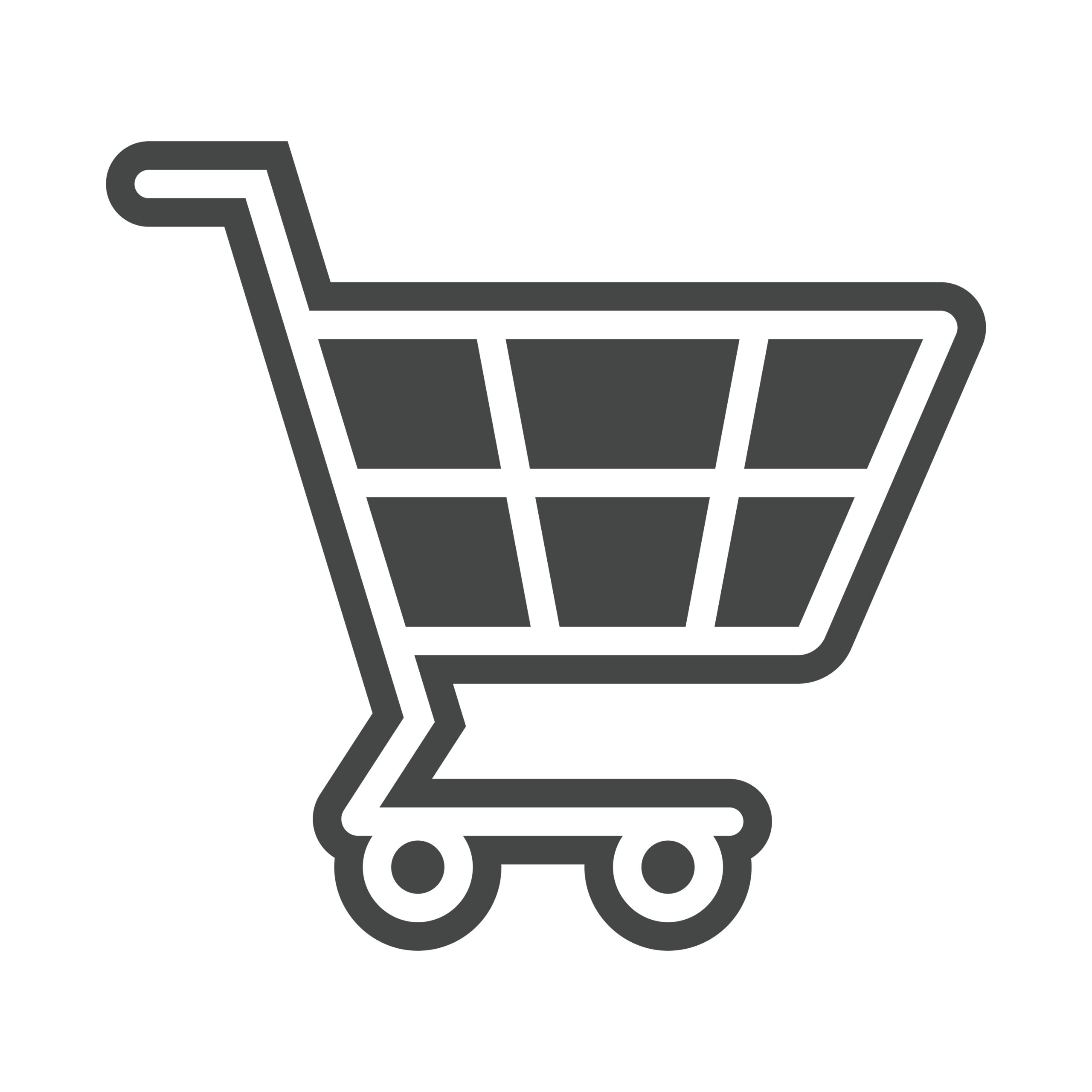Not your fault. You didn’t know.
By Bob Fish
Here is something you likely do know: coffee pricing has been reaching stratospheric levels, and with still plenty of room to go higher. We have all been paying the price right along, but we just couldn’t see it.
This price escalation is likely here to stay. Here are four reasons why.
Coffee is a commodity
And commodifying a product commodifies the people behind it.
Once a product becomes a commodity, it becomes something that is homogeneous. It lacks individuality and personality. And, it eliminates the necessity to consider the human that produces it. There are 12 million coffee farmers (producers) all over the world. Fact: Worldwide, we have been paying farmers less than what it cost to produce their product 80% of the time for the last two to three decades.
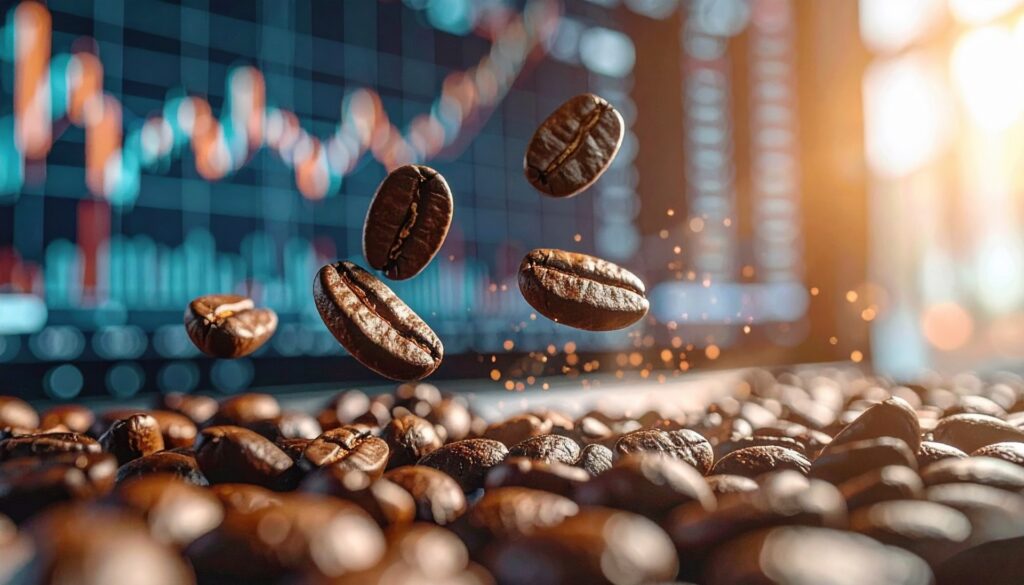
The consequence? Poverty, and farmers abandoning their farms and their workers due to a lack of any real economic opportunity. Example: Costa Rica has seen a 50% drop in the number of coffee farms and farmers in just a decade. This is happening all throughout Central and South America. The outcome: Mass migration.
Yes, a price we have paid (just not built into the price of coffee) as desperate and hard working people move north to simply provide for their families.
Weather (aka Climate Change)
Yes, I know this is a dog whistle to many. But I have never met a farmer in a coffee producing country that would deny it. Frankly I have never met any farmer anywhere that would deny climate change.
We can debate the causes and responsibility, but the fact is that due to rising temperatures weather patterns are changing. Generally, wet areas are getting wetter, and dry areas dryer. The consequence to coffee farming has been devastating.
Coffee relies on certain proportions of rain and sunshine at the right times. Both of those have become highly unpredictable, reducing yields.
In areas that are getting wetter, the violence of the rain is increasing erosion. And the general increases in humidity and temperature are facilitating pests, plagues, and pestilence.
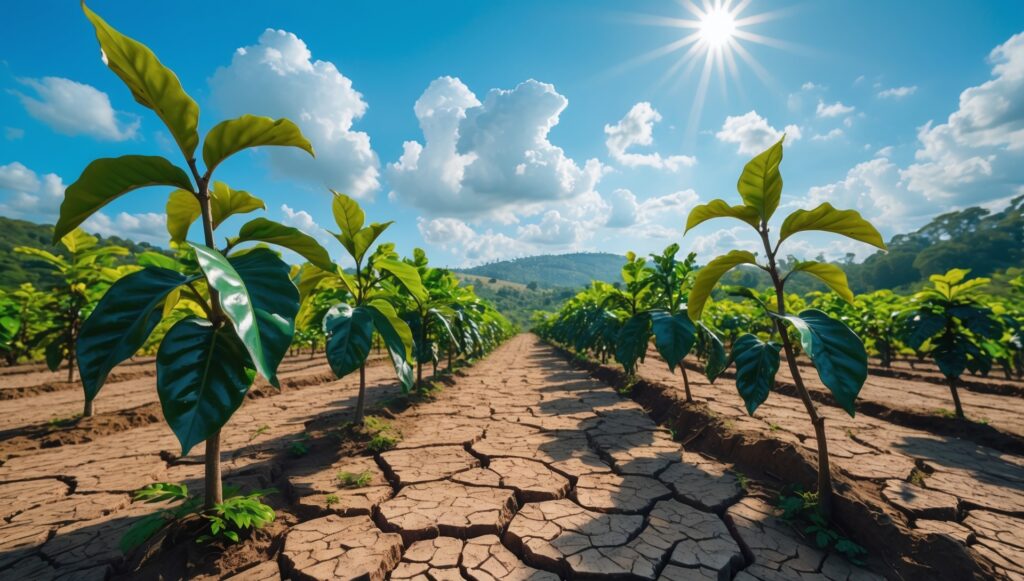
In areas that are getting dryer, the drought is making it impossible to grow coffee without irrigation. Drilling for water to irrigate is said to have only 19 years left as a solution. The outcome? Exacerbation of climate change and again mass migration.
The producer has two choices, combat the effects of climate change with solutions that in the long run actually make climate change worse. Or, abandon their farms. Example: Clear cutting of trees, contaminating surface water, use of petrochemically based herbicides, pesticides, and fungicides.
Keep in mind that these are not the only solutions, but they are what is available to you if you keep getting paid less than what it costs you to produce your product. Yes, this (climate change) is another price we have paid, just not one built into the price of the coffee we all been purchasing.

Supply and Demand
The chickens have come home to roost. Because the economics of farming has caused people to leave their farms, and because the impact of the weather has made it too difficult to farm, the supply of worldwide coffee has stagnated since about 2019.
That’s right. Worldwide, the supply of coffee is not increasing with demand. Demand is increasing due to population growth. Example: when I was born there were four billion people on earth. When we started BIGGBY COFFEE (1995) there were six billion people. And now there are eight-plus billion people, and our numbers continue to grow.
In addition, many counties that were generally thought of as ‘tea drinkers’ from parts of Africa, to the near and far East are fast converting to ‘coffee drinkers’.
In addition, typically with increasing prices, there is demand destruction, otherwise known as people that give up on the product because it is priced too high. To date that has only been 2%. Or, the other way to look at that is 98% percent of demand is unaffected. So, simple economics says, when supply exceeds demand prices will increase. And so they are.
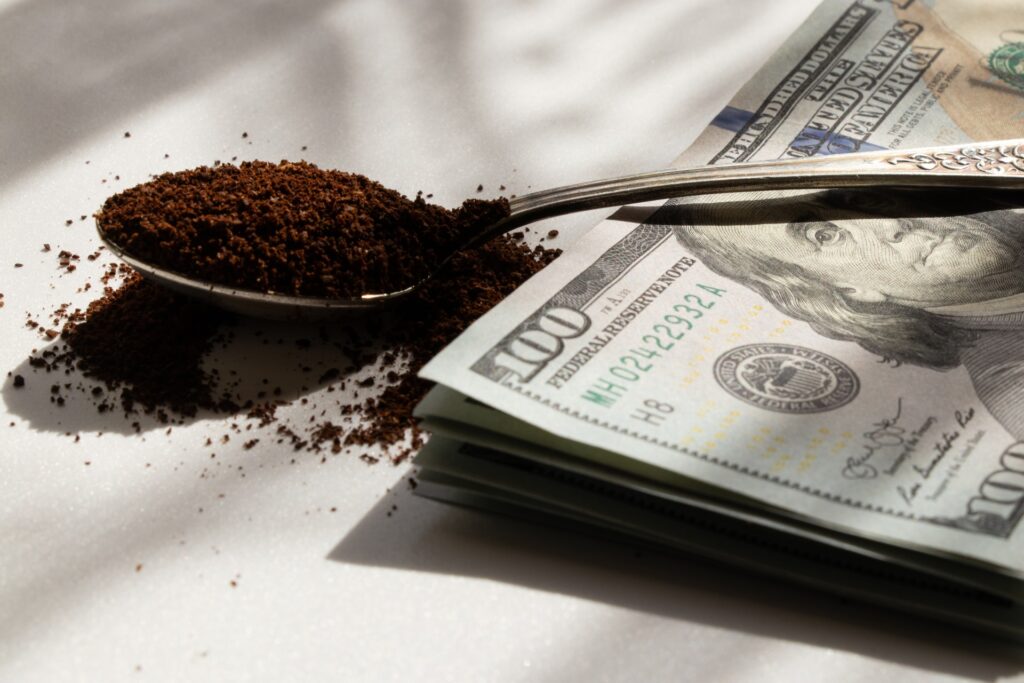
Taxes and Regulation
I am not against either by any means. But for the US, and to a lesser degree Europe, taxes and regulation are only making this current rally in the price of coffee worse. For the US it is the addition of tariff taxes (up to 50% for coffee) and for the EU it is the addition of the EUDR regulation. Both are causing the already stressed high prices to be unnaturally higher, at a most inconvenient time.
Conclusion
The effect of demand exceeding supply is unavoidable. The consequence is always higher prices. Supply could have grown with demand if more attention had been paid to the negative impact on both the human condition and the environment. The price paid for that negative impact, but not reflected in the price of your coffee, was mass migration and climate change.
Now the real price is reflected in price of your coffee, plus a little more, because of bad national policy. The price you pay, not your fault, but now you know.


